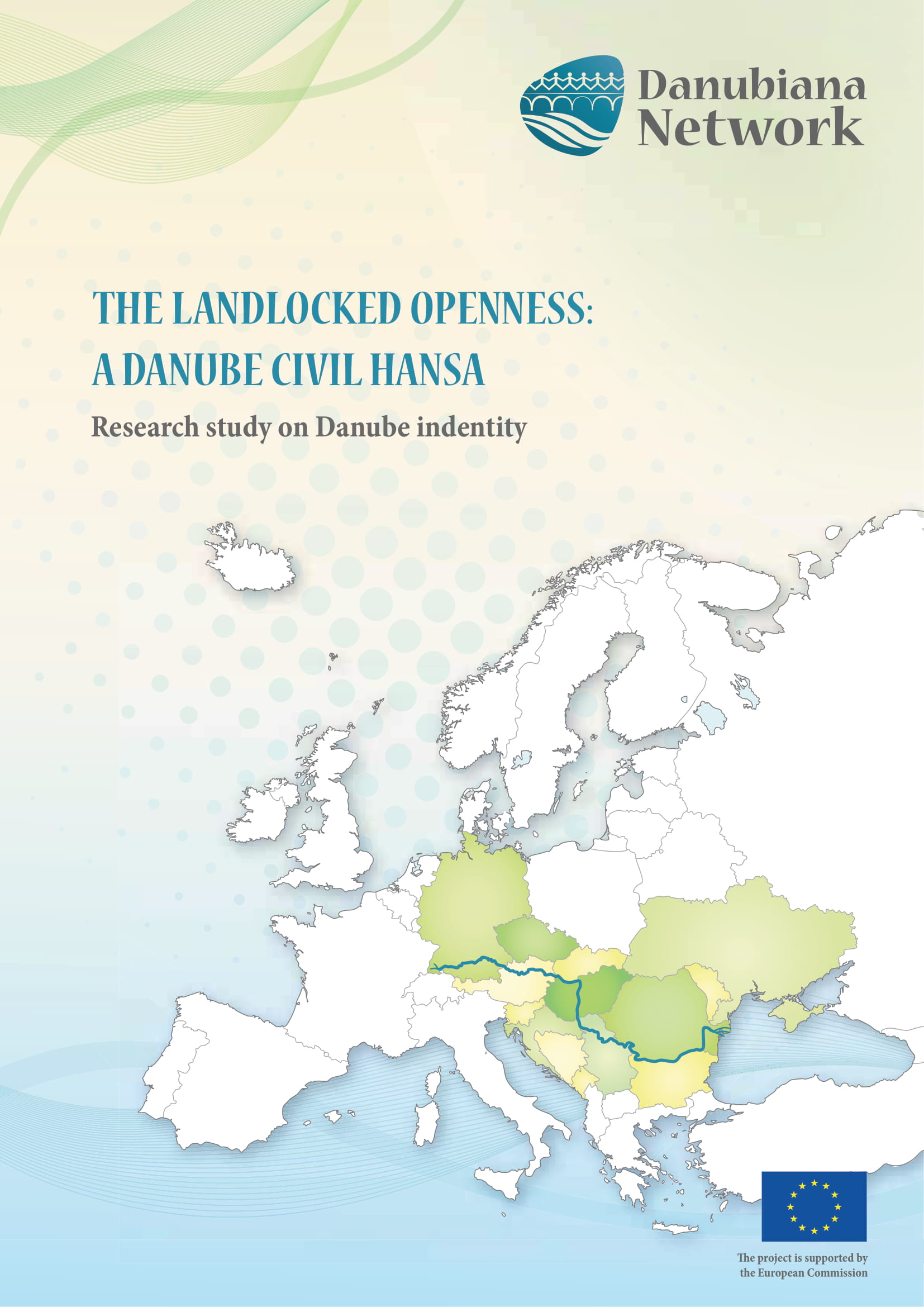There are cross-natural cultural projects modelling broader Danubian identities in literature and arts, but the broader public opinion does not follow their scope and remains limited to a narrower region around the riverside.
We need not only to understand but also to create permanencies – organisations, institutions, doctrines, programmes, formalized structures, and the like – in order to change anything in any kind of meaningful or directed way along the Danube. And we should know more about the emerging trend, grounded in dialectical and relational ways of thinking, producing what might be called „a new civil idealism” in which thought and discourse are believed to be all that matter in powering the historical geography of socio-ecological and political–economic change.
This is not a new idea along the Danube. At the end of the second century; camped along the misty, ague-plagued regions of the Danube, the Emperor Marcus Aurelius, trying vainly to hold back the barbarian hordes that threatened the borders and the permanence of the Roman Empire, wrote in his Meditations: “One thing hastens into being, another hastens out of it. Even while a thing is in the act of coming into existence, some part of it has already ceased to be. Flux and change are forever renewing the fabric of the universe. In such a running river, where there is no firm foothold, what is there for a man to value among all the many things that are racing past him?”
The Danube is a natural transport magisterial and a joint water resource, but identities, local citizenships and communities around the river were mostly created on local bases, inside of national communities, maybe with partial involvement of near-by ethnicities, or communities. Cross-regional tourist projects and travel along the river are mostly of foreign origin, local participate in it only accidentally.
Read our full research study on the Danube identity.
The research study was published in the framework of the “Building Bridges of Democracy 2: the Danubiana Project” project in 2015.

